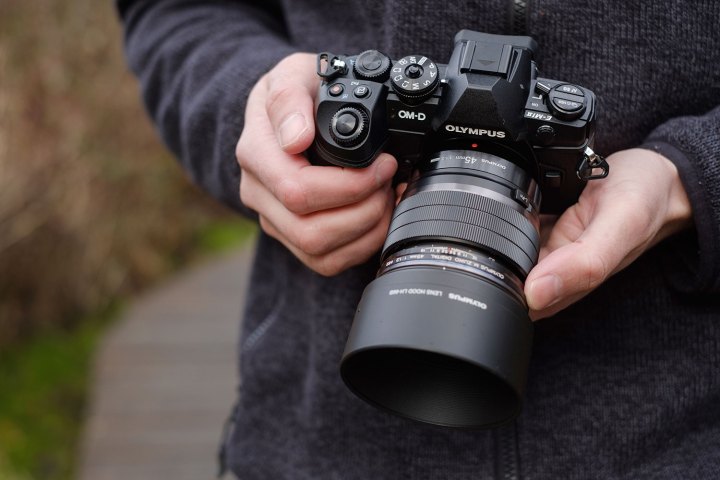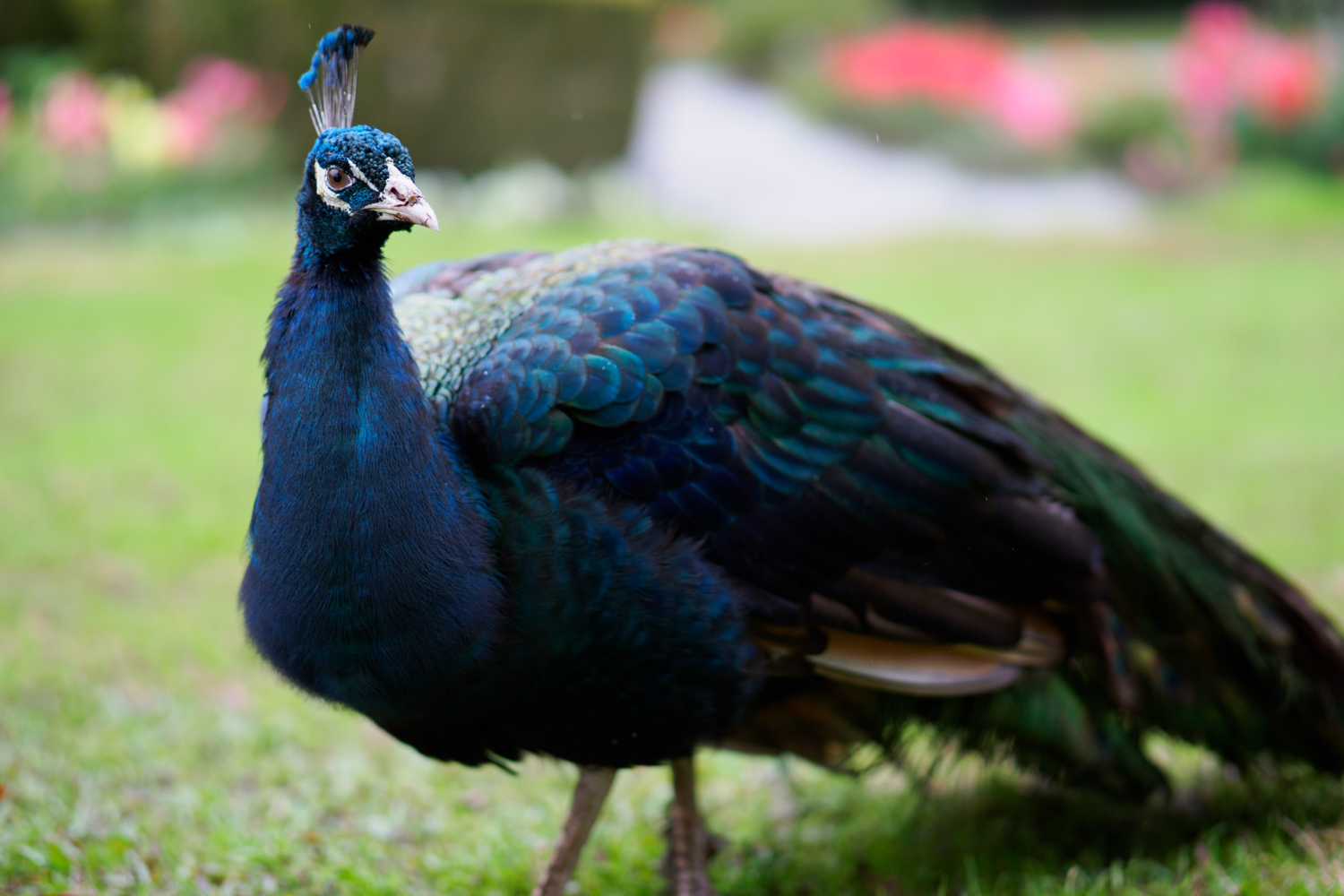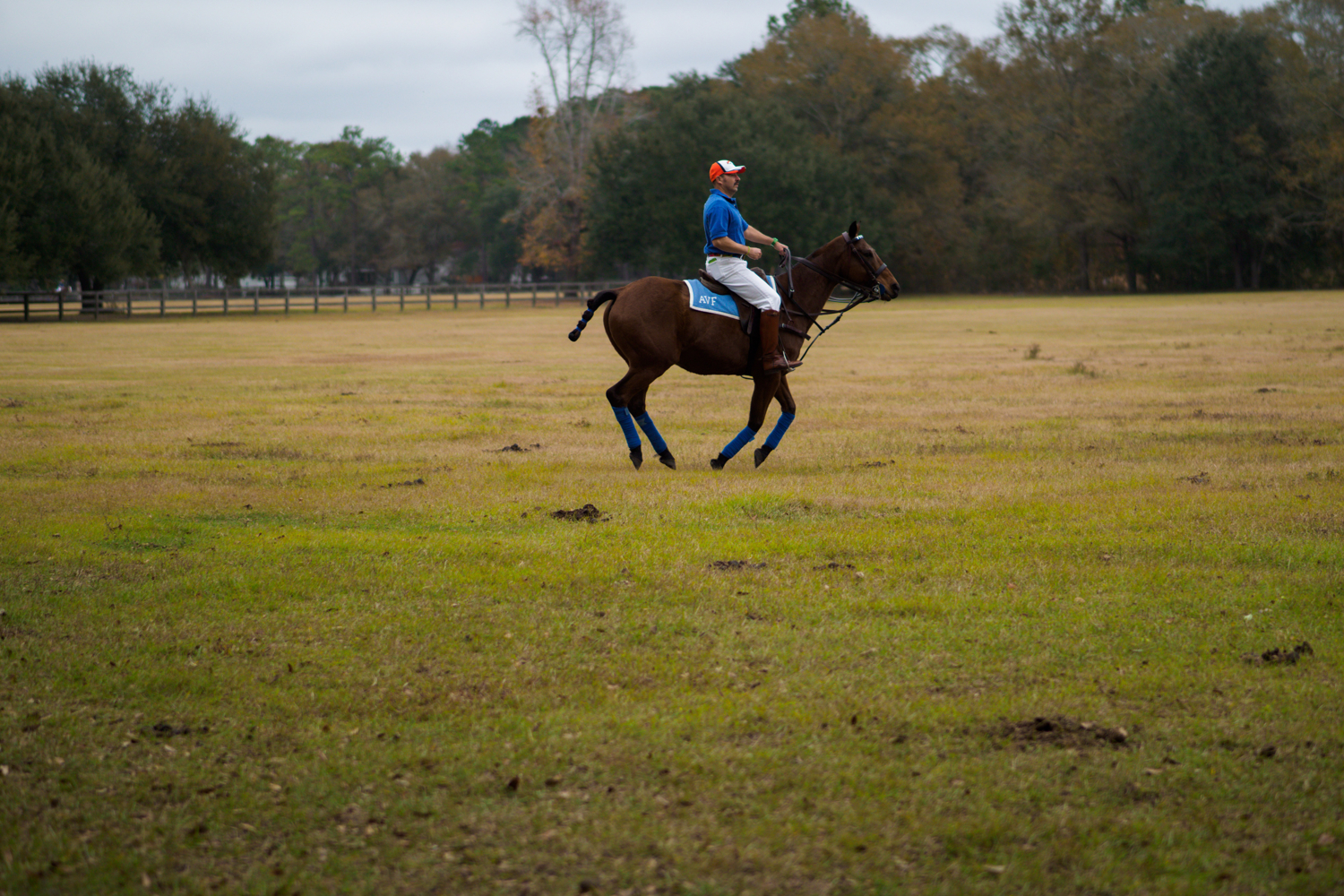Read our full review of the new Olympus M.Zuiko 12-100mm F4.0 IS Pro.
Olympus recently hosted a media event where Digital Trends was able to try out the company’s three M. Zuiko F1.2 Pro lenses (Editors’ note: We were a guest of Olympus, but all opinions are our own). The brand new 17mm and 45mm were the focus of the event, but this was also the first time we had gotten to use the older 25mm. All three feature f/1.2 maximum apertures and are designed to offer consistent image quality — including the signature “feathered bokeh” effect — from one model to the next.
How much further can Olympus push Micro Four Thirds?
As we can now confirm firsthand, these are all excellent lenses, with superb optical performance and pleasing character. That said, our experience left us wondering: How much further can Olympus push Micro Four Thirds (MFT)?
Both Olympus and Panasonic, who co-parent the MFT format, continue to expand upward into the professional segment. (Case in point: the M. Zuiko Pro F1.2 lenses all cost $1,199.) Both companies have done a commendable job of adding high-end tech and features into their cameras, and now Olympus has some impressive lenses to match.
This leaves just one thing holding Micro Four Thirds back from being a true professional system, and that’s, well, Micro Four Thirds. Many users will likely disagree, with valid reasoning — MFT is a highly capable platform, which we don’t deny. But the technological limitation of the smaller sensor, with its 2x crop factor compared to full-frame, can’t be overlooked. It simply can’t keep up with the image quality of larger sensors, something that may not rest well with the type of photographer willing to drop thousands of dollars on a camera and a couple of lenses.
Initially, Micro Four Thirds used its size advantage to appeal to novices, travel photographers, and all those who had grown weary from years of carrying heavy DSLRs. But as MFT cameras have grown more capable with the likes of the Lumix G9, they have also grown larger and more expensive. While they still offer a more compact overall solution than APS-C and full-frame competitors, those larger formats have decreased in size thanks to the move to mirrorless models, making the difference less noticeable.
Now, it seems, the pressure is on Olympus and Panasonic to innovate at breakneck speeds in order to keep MFT relevant. While Panasonic continues to push the envelope of hybrid still/video cameras with the likes of the powerful GH5, Olympus has put its efforts into crafting the best lenses it possibly can, drawing on decades of experience in optical design.
The remark that kept coming to mind was, “This looks like film.”
In engineering the M. Zuiko F1.2 Pro series, Olympus borrowed a technique from its medical devices division used for analyzing aberrations in microscopes. But while microscopes require little more than clinical sharpness, great photographic lenses have character. Olympus retrofitted its microscope analysis tool to turn it toward photographic lenses, analyzing “legendary” models from different eras to establish a relationship between the optical design, sharpness, and bokeh (how a lens renders out-of-focus areas).
One of Olympus’ goals was to achieve that aforementioned feathered bokeh look. Bokeh circles (technically, circles of confusion) come in three basic varieties: ring, solid, or feathered (as Olympus calls it). The feathered look gradually smooths out the edges of out-of-focus highlights in a way that naturally keeps your attention drawn to the subject, rather than the background.
The effect is somewhat similar to that of an apodization filter, which we’ve seen in the Fujifilm XF 56mm F1.2 R APD and Sony 100mm f/2.8 STM GM OSS. Achieving it without such a filter requires incredibly precise design and manufacturing. In a live demonstration for the press using its in-house lens simulation tool, Olympus illustrated how changing the position of a single element by a mere 5 microns was enough to drastically alter the quality of the bokeh, going from a feathered to a solid blur circle.
The result of all this research and development — which took five years — is the most consistent series of lenses on the market, MFT or otherwise. Beyond great-looking bokeh, each model features impressive sharpness and pleasing character overall. Photographers can switch from the 17 to the 25 or 45 and rest assured that the look and feel of their images will remain the same (obvious differences in focal length notwithstanding).
Particularly at f/1.2, we were very impressed with how these lenses isolate a subject, not just with shallow depth of field, but also thanks to a rich vignette that lightly hugs the subject while darkening less important areas of the frame (assuming your subject is not right on the edge). That vignette is essentially gone by f/1.8 — this itself another sign of excellent optical design — but we liked the look of it so much that we almost always shot wide open.
Naturally, these lenses are fantastic for portraiture. The sense of depth they give at f/1.2 is like nothing else we’ve ever seen on the format. In fact, the remark that kept coming to mind was, “This looks like film.” It is probably the first time we’ve ever felt that way about Micro Four Thirds.
At least one thing is for sure: Olympus shooters now have options.
Beyond image quality, the F1.2 Pro series is built incredibly well and feels solid in the hand. Each lens is housed in a weather-resistant body that pairs nicely with the company’s flagship OM-D E-M1 Mark II camera ($2,000). On smaller MFT cameras, like OM-D E-M10 Mark III or the rangefinder-esque PEN-F, they will undoubtedly feel too large and front heavy, but that’s one reason why Olympus still has its much more compact (and cheaper) line of f/1.8 primes. Additionally, autofocus performance was quick and consistent. Even indoors, we found it to be reliable, although very dim lighting or subjects lacking contrast can still pose problems.
You can read our full reviews of the 17mm F1.2, 25mm F1.2, and 45mm F1.2 Pro lenses for all the details, but suffice it to say, this is the most professional lens lineup the MFT format has ever seen. For Olympus shooters, particularly E-M1 users and portrait photographers, mounting one of these lenses to the front of your camera is the best way to compete with a larger format. Arguably — at least from a subjective standpoint — you may even come out ahead. The 25mm and 45mm models, particularly, make for some of the most attractive shallow-depth-of-field photos we’ve ever seen.
Is that enough to warrant their high price tags? For the right user, certainly. Others may find it to be a hard sell, but at least one thing is for sure: Olympus shooters now have options. If you’re all-in with MFT and love the idea of a compact system camera that can turn into a professional machine by attaching the right lens, then you will be very happy. But these lenses likely push beyond what MFT sensors are currently capable of.
We could think of the F1.2 Pro series as the Zeiss Otus of Micro Four Thirds; high-price, high-quality lenses for only the most discerning photographers. From this perspective, $1,199 doesn’t sound half bad. However, we have to question whether such users would stick with the MFT format in the first place. Barring some sort of technological leap in the next generation, MFT remains behind APS-C and full-frame in terms of resolution, ISO performance, and dynamic range — aspects of image quality that high-end users tend not to ignore. (The E-M1 Mark II helped close the gap, but there’s still a ways to go.)
Still, under the right conditions, an M. Zuiko F1.2 Pro lens will put out some incredible results. Admittedly, every time we thought the end for Micro Four Thirds was near, Olympus and Panasonic manage to impress with new tech. We just hope there’s still plenty of life left on the sensor side of the equation, so that future Olympus cameras live up to what these lenses are really capable of.



























